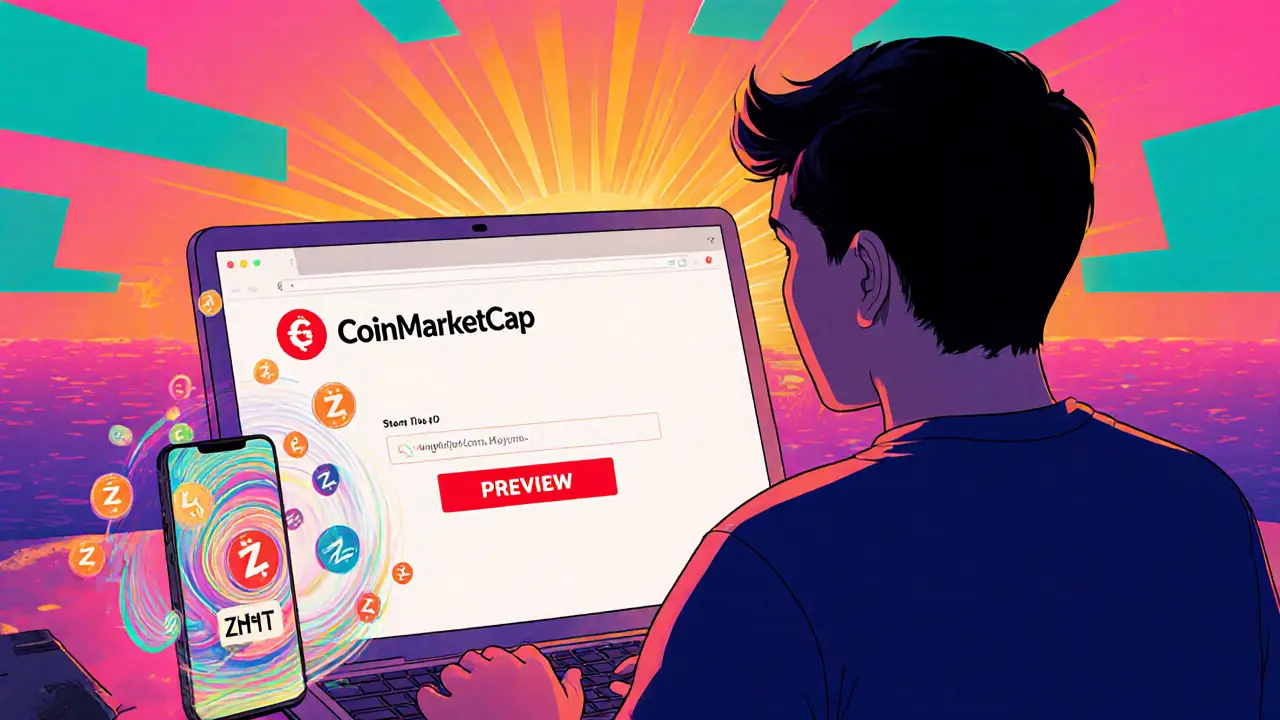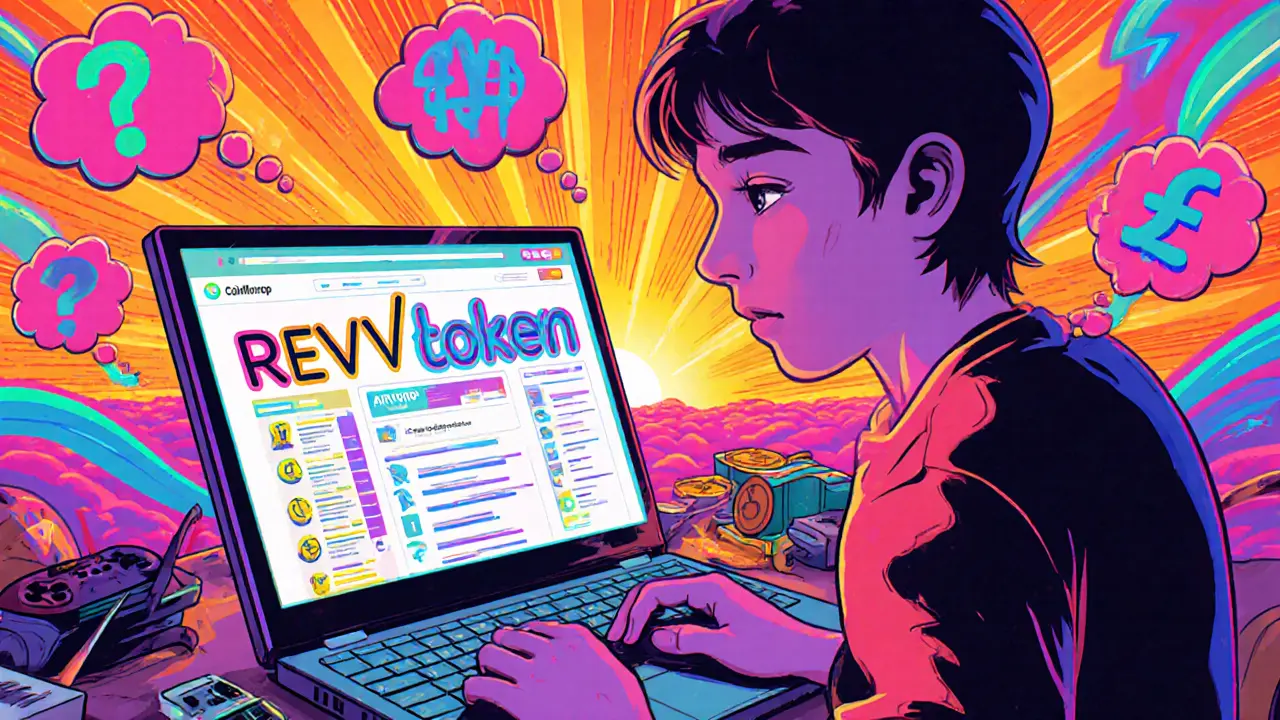Airdrop: Free Token Distribution Explained
When talking about Airdrop, a free distribution of cryptocurrency tokens to eligible users, you’re looking at a core marketing tool in the blockchain world. Also called a token airdrop, the practice of handing out new tokens without charge, it lets projects bootstrap network effects while rewarding early adopters. The process usually requires participants to meet simple checks—like holding a certain token, joining a community channel, or completing a KYC step. Airdrop value is tightly linked to tokenomics: supply caps, vesting schedules, and utility all dictate whether a drop becomes a meaningful asset or just spam. Platforms such as MEXC exchange, a crypto trading hub that often hosts vote‑to‑win airdrop campaigns have turned their voting mechanisms into token‑earning events, blending liquidity incentives with community governance. Meanwhile, the rise of NFT airdrop, the giveaway of non‑fungible tokens that grant access to games, art, or exclusive perks shows that airdrops aren’t limited to fungible coins; they now power digital collectibles and metaverse entry points. Understanding these entities and how they interact gives you a solid footing before you chase the next drop.
Key Factors That Shape Successful Airdrop Campaigns
First, the underlying asset must have a clear use case—whether it powers a DeFi protocol, fuels an NFT marketplace, or secures a Layer‑2 network. Projects that publish transparent tokenomics, like supply distribution percentages and vesting cliffs, earn trust and attract higher‑quality participants. Second, eligibility rules create a filter: holding a partner token, completing a social task, or staking on a specific platform weeds out bots and boosts genuine community growth. Third, timing matters. Many airdrops launch during exchange listing events or after a major network upgrade, leveraging hype to maximize reach. For example, the recent Brokoli Network airdrop combined a MEXC vote‑to‑win contest with a staking requirement, aligning liquidity provision with token distribution. Finally, security checks are non‑negotiable. Phishing scams mimic legitimate airdrops, so always verify the official announcement channel and avoid sharing private keys. By treating each drop as a small investment—assessing tokenomics, eligibility, platform reputation, and timing—you can separate real opportunities from noise.
Armed with this overview, you’ll spot the patterns that repeat across the drops listed below. Whether you’re after a DeFi token like BRKL, an NFT series from TopGoal, or a utility token on Biconomy, the principles stay the same: check the token’s economics, confirm the eligibility steps, and watch the hosting platform’s credibility. Dive into the collection to see detailed claim guides, eligibility checklists, and real‑world examples that turn a simple airdrop into a stepping stone for your crypto portfolio.
BitOrbit (BITORB) IDO Launch & Airdrop Details: What You Need to Know
A deep dive into BitOrbit's IDO launch and airdrop, covering tokenomics, distribution, market performance, and lessons for future investors.
ZeroHybrid Network (ZHT) Airdrop Details and CoinMarketCap Preview Explained
Learn the facts about ZeroHybrid Network (ZHT), its CoinMarketCap preview status, and why no official airdrop exists yet. Get clear steps to stay safe and informed.
REVV Token Learn & Earn vs Airdrop: Full Details of the REVV x CoinMarketCap Campaign
Discover the real story behind the REVV x CoinMarketCap Learn & Earn program, how it differs from a traditional airdrop, token stats, claim steps, and tips to spot genuine REVV giveaways.


